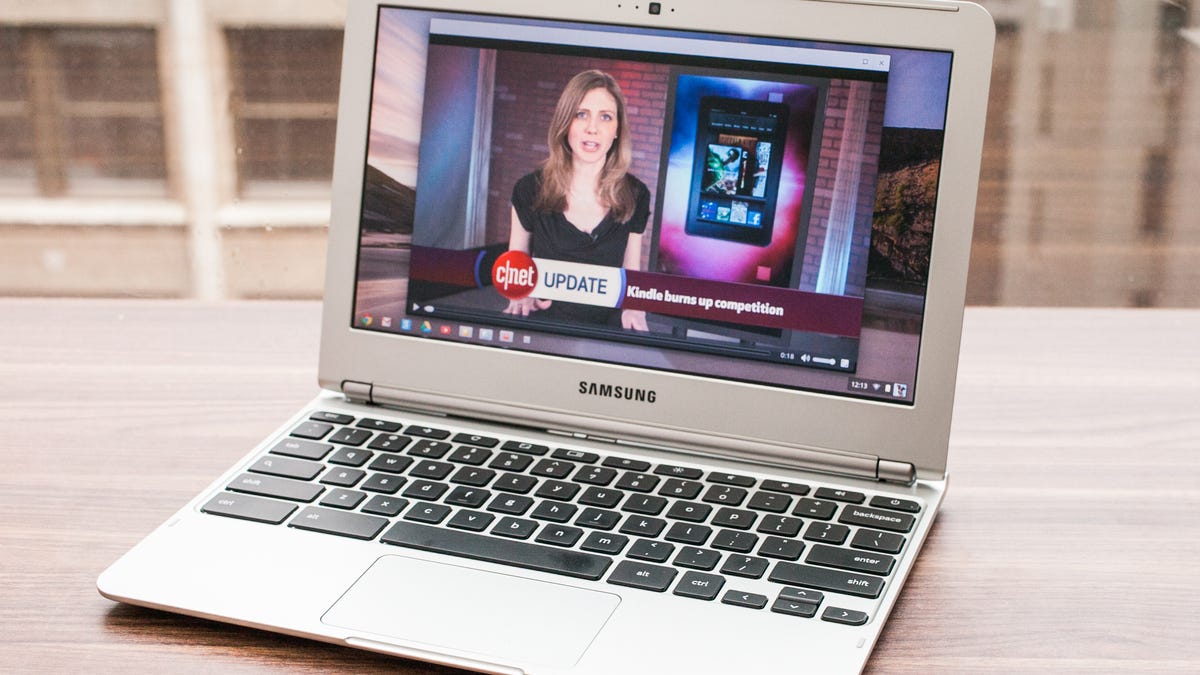Netflix support coming to ARM-based Chromebooks
One corner of the computing world can't use the streaming-video service: the $249 Samsung Chromebook. Netflix and Google are working to change that, though.

Those who've bought the low-cost Samsung Chromebook will be able to watch Netflix streaming video -- at some point.
"We are collaborating with Google on a solution for ARM-based Chromebooks," said Netflix spokesman Joris Evers last night.
He didn't share details on the company's schedule or its technical approach to bringing its service to Chrome OS, Google's browser-based operating system.
Most Web apps work just fine on the $249 Samsung Chromebook even though it has a Samsung ARM processor rather than the x86 chip found in all other computers running Google's Chrome OS. That's because the Web is inherently a cross-platform medium -- Web sites, at least in principle, work on any PC, smartphone, or tablet with a browser.
To bring its video-streaming service to Google's Chrome browser and Chrome OS operating system, however, Netflix took a different approach using platform-specific software. To do that, it uses a Google technology called Native Client.
Native Client, or NaCl, provides a means for developers to translate their C or C++ software into a special form so it will run like native code on an operating system like Windows but also so that it can be downloaded safely over the Web.
NaCl initially only worked on x86 chips like those from Intel and AMD that power PCs. Google, though, has just finished updating Native Client so that developers can write NaCl apps that run on ARM systems, not just x86 systems. That's an extra step for programmers, who'll have to build a separate NaCl file.
Later this year, Google plans to adopt a revised approach called Portable Native Client, or PNaCl, that will let programmers build a single file that will work on ARM- or x86-based systems, including smartphones and tablets.
It's not clear whether Netflix plans to extend Chrome OS support to ARM devices with NaCl or PNaCl; the former approach could be useful sooner, but the latter would offer more flexibility in the long run, especially if there comes a day when somebody wants to get Native Client working on PowerPC, MIPS, or other processor architectures.
Google plans to recraft plug-ins built into Chrome itself with NaCl. Chrome OS uses NaCl-based plug-ins and Chrome's related Pepper plug-in interface to read Microsoft Office files, and Google is at work on rebuilding its PDF-reader software the same way. That latter project, though, awaits other engineering work.
"Our long-term goal is that all Pepper plugins be in the NaCl sandbox, so they can get the added security that comes with that," Google spokeswoman Veronica Navarrete said in a statement. "For the PDF viewer specifically, it's on hold for technical reasons."

